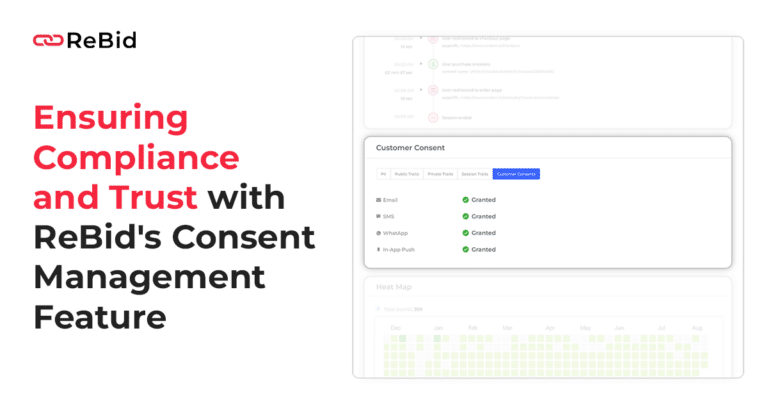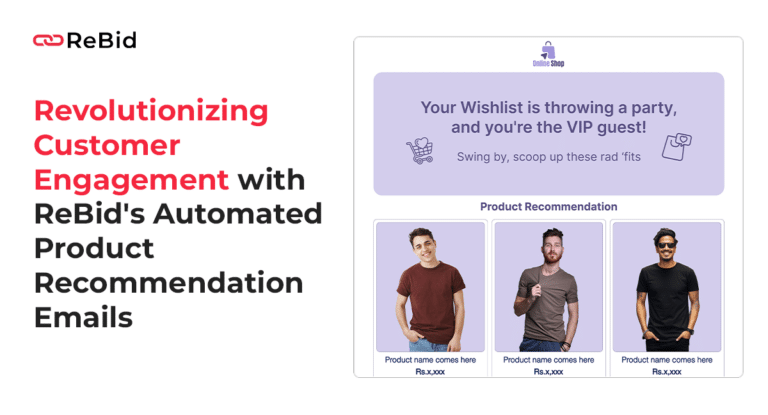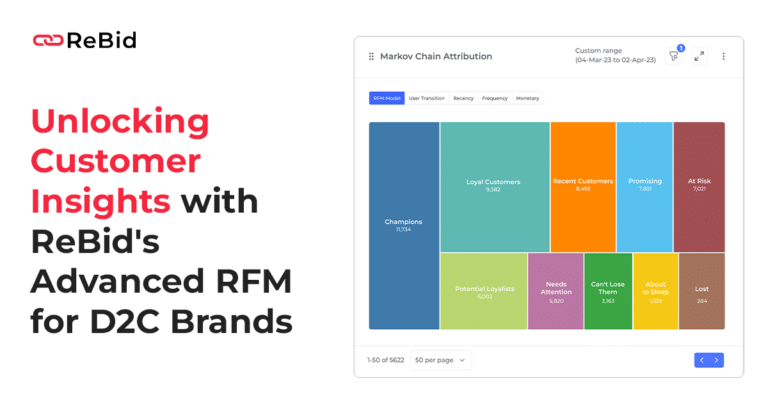Introduction
In the dynamic world of digital marketing, advertisers are consistently striving for two main goals: growth and efficiency. The year 2024 is no different. Whether it’s managing social media campaigns, paid search, or native advertising, launching a campaign is just the beginning. The real challenge lies in measuring the impact of these campaigns on overall growth. This is where understanding and optimizing Return on Ad Spend (ROAS) becomes crucial.
ROAS isn’t just a buzzword; it’s a pivotal metric that gauges the efficiency of advertising spending. In this comprehensive guide, we’ll explore the intricacies of ROAS, its formula, and offer actionable strategies to maximize it while minimizing waste. Our aim is to provide marketers with insights into creating more targeted, relevant, and cost-effective advertising strategies.
Understanding ROAS and Its Critical Role
Return on Ad Spend, or ROAS, is a performance metric used to evaluate the effectiveness of an advertising campaign. It’s calculated by dividing the total revenue generated by a campaign by the total cost of the campaign. This simple yet powerful formula gives marketers a clear picture of their advertising efficiency.
A high ROAS means that your advertising efforts are hitting the mark, successfully reaching and resonating with your target audience. In contrast, a low ROAS indicates a need for strategic adjustment. Unlike metrics that merely count clicks or impressions, ROAS takes into account the actual conversions, making it a more meaningful measure of campaign success.
Maximizing ROAS – A Multi-Faceted Approach
Reduce Ad Costs
Reducing ad costs is a straightforward approach to improving ROAS. It involves fine-tuning your bidding strategies, whether through manual or automated means, to control ad costs without sacrificing conversion quality. Advertisers should also consider their ad placement in search engine results pages (SERPs). Opting for a slightly lower position can reduce costs significantly while maintaining visibility.
Additionally, precise audience targeting plays a key role in cost reduction. By identifying specific audience segments based on factors like geolocation, job title, or device usage, advertisers can create more effective and less costly campaigns.
Enhancing Advertising Conversions with Relevant Landing Pages
Conversion rates are the other side of the advertising coin. To enhance them, marketers must focus on creating landing pages that are directly relevant to their ad campaigns. This involves designing personalized post-click landing pages that reflect the intent of the user, optimizing page load speeds to improve user experience, and employing conversion-driven storytelling techniques. By aligning your post-click experience with the expectations set in your ads, you increase the likelihood of conversion, thereby boosting your ROAS.
Increasing Customer Lifetime Value (LTV)
Focusing on customer lifetime value is a long-term strategy for improving ROAS. This involves strategies such as retargeting campaigns, which keep your brand top-of-mind for potential customers who have previously interacted with your site but haven’t converted. Email marketing campaigns can also be used to nurture leads and guide them towards conversion. Additionally, developing rewards and loyalty programs can incentivize repeat purchases, increasing the overall value derived from each customer.
Optimizing Google Ads
With the continuous rise in e-commerce, Google Ads have become a staple in many digital marketing strategies. These ads need to be constantly optimized for relevance, targeting, and performance. This includes refining product listings, using high-quality images, and ensuring that your ads are reaching the right segments of your audience. Analyzing performance data regularly helps in making informed decisions to enhance ad effectiveness.
Rethinking the Data Approach
Sometimes, the key to improving ROAS lies outside of traditional advertising strategies. It’s essential to consider factors like product appeal, pricing strategies, and the overall purchasing process. Simplifying the call-to-action (CTA) route, bundling products, or reevaluating price points can have a significant impact on conversions and ROAS.
Conclusion
Maximizing ROAS in 2024 demands a balanced approach of strategic ad spending, focused audience targeting, and ongoing optimization. By emphasizing these areas, advertisers can create impactful, relevant, and cost-effective campaigns. A robust ROAS is indicative of not just efficient use of ad dollars but also a deeper connection with your target audience. As we navigate the ever-evolving landscape of digital advertising, these strategies provide a roadmap for achieving sustainable growth and efficiency.
FAQs
1. What is ROAS and why is it important?
ROAS measures the efficiency of a specific advertising channel in terms of revenue generation versus cost, providing insights into the effectiveness of ad campaigns.
2. How can I improve my Google Quality Score?
Improving your Google Quality Score involves optimizing keywords, creating relevant ads and landing pages, and effectively targeting your audience.
3. What role does audience segmentation play in improving ROAS?
Effective audience segmentation allows for more tailored advertising, leading to higher engagement, better conversion rates, and ultimately, a better ROAS.





